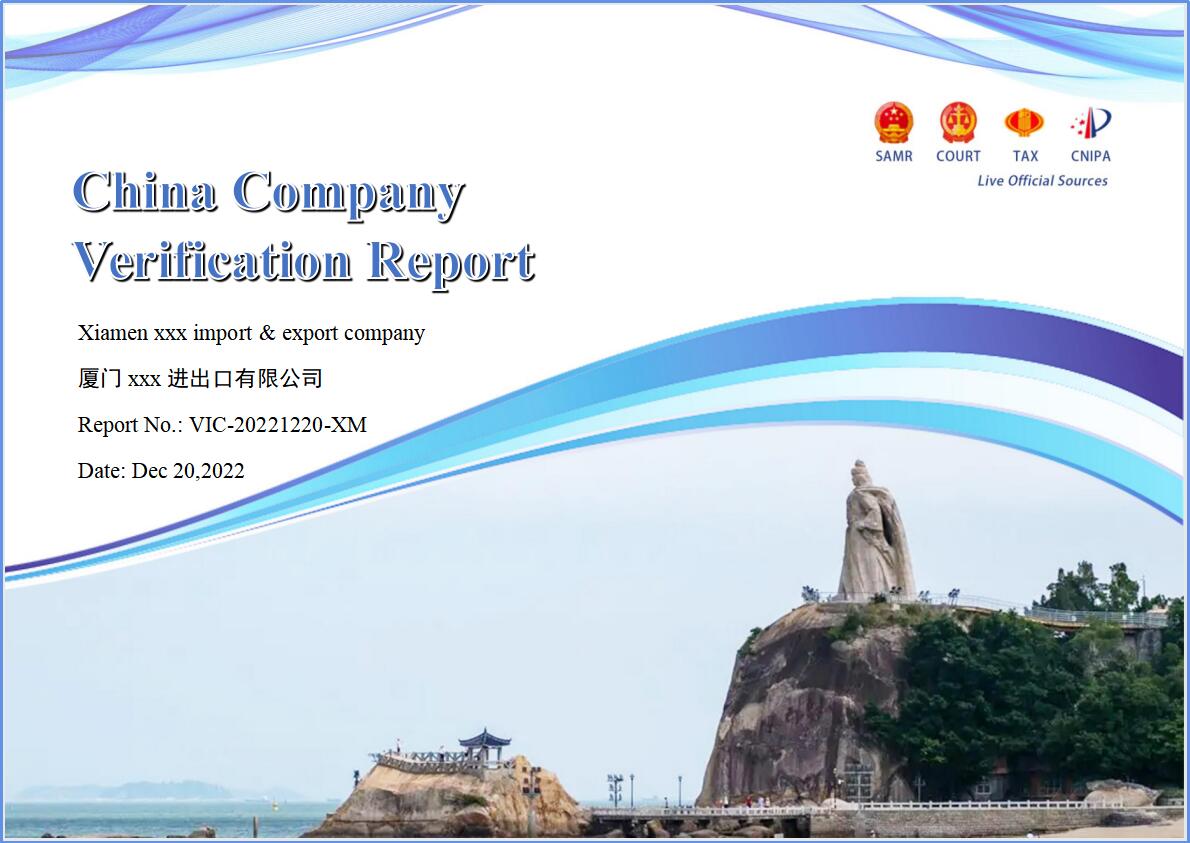Cangzhou, a prefecture level city under the jurisdiction of Hebei Province, is located in the Heilonggang basin in the southeast of Hebei Province and the east of Hebei Plain, between 37 ° 29 ′ - 38 ° 57 ′ N and 115 ° 42 ′ - 117 ° 50 ′ E. The east is bordered by the Bohai Sea, the north is bordered by Tianjin and Langfang, the west and southwest are bordered by Baoding and Hengshui, and the south is separated from Binzhou and Dezhou in Shandong Province by Zhangweixin River; It has jurisdiction over 2 municipal districts, 4 county-level cities and 10 counties, with a total area of 14304.26 square kilometers. By the end of 2021, Cangzhou has a permanent population of 7.304 million.
Cangzhou gets its name because it is close to the Bohai Sea. The city center is 120 kilometers away from Tianjin in the north, 240 kilometers away from Beijing, and 220 kilometers away from the provincial capital Shijiazhuang in the southwest. It is the south gate of Beijing and Tianjin. The Beijing Hangzhou Grand Canal runs through the whole territory. Beijing Shanghai Railway, Beijing Jiulong Railway, Shuohuang Railway, Handan Huanghua Railway, and Beijing Shanghai High speed Railway run through the district; There are 104, 106, 307 and other national highways and 7 expressways in Beijing Shanghai, Beijing Taiwan, Shihuang, Tianjin Shantou, Baocang, Coastal and Daguang passing through the territory; With the completion and operation of Huanghua Port, Cangzhou's history of having a sea without a port has ended, and Huanghua Port has become the second largest coal export port in China. In October 2020, it was selected into the first batch of new smart city construction pilots in Hebei Province.
In 2021, Cangzhou's GDP will reach 416.34 billion yuan, an increase of 7.0%.
Minimize the Risk and Scam
Within 2 Working Day
$ 135 USD
